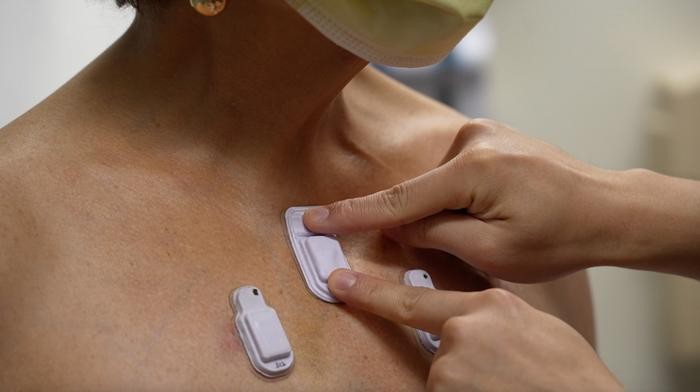
Northwestern University researchers have developed an innovative wearable sensor that monitors gases emitted and absorbed by human skin, offering new insights into health monitoring.
The device, called an epidermal flux sensor (EFS), creates a sealed chamber above the skin to measure concentrations of water vapor, carbon dioxide, and volatile organic compounds (VOCs) - essentially tracking how skin "breathes."
Unlike traditional wearables that require direct skin contact, this new sensor hovers just above the skin's surface while maintaining a circular seal. The device includes temperature sensors and can transmit data wirelessly via Bluetooth to smartphones and tablets for real-time analysis.
"The device can be placed on nearly any body location that isn't highly curved or dynamic, with the inner forearm being particularly convenient," explains John A. Rogers, professor at Northwestern University and co-lead researcher of the study.
The technology shows promise for multiple medical applications, particularly in wound care. For diabetic ulcers, the sensor can detect bacterial infections by monitoring VOCs without directly touching the wound - a feature that could enable earlier intervention and better healing outcomes.
Beyond wound care, the device could revolutionize how we assess hydration levels in athletes and workers in hazardous environments. The sensor's ability to track water vapor emissions provides valuable data about the body's hydration status.
In an unexpected application, the technology may also advance insect repellent research. By precisely measuring skin-emitted gases that attract mosquitoes, researchers could develop more effective repellents and create artificial skin for standardized testing.
The development marks a new frontier in non-invasive health monitoring, offering healthcare professionals detailed, continuous data about patients' conditions without requiring direct skin contact.